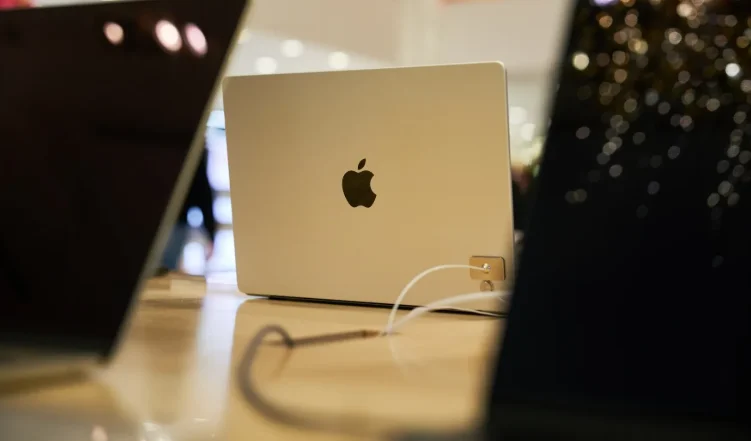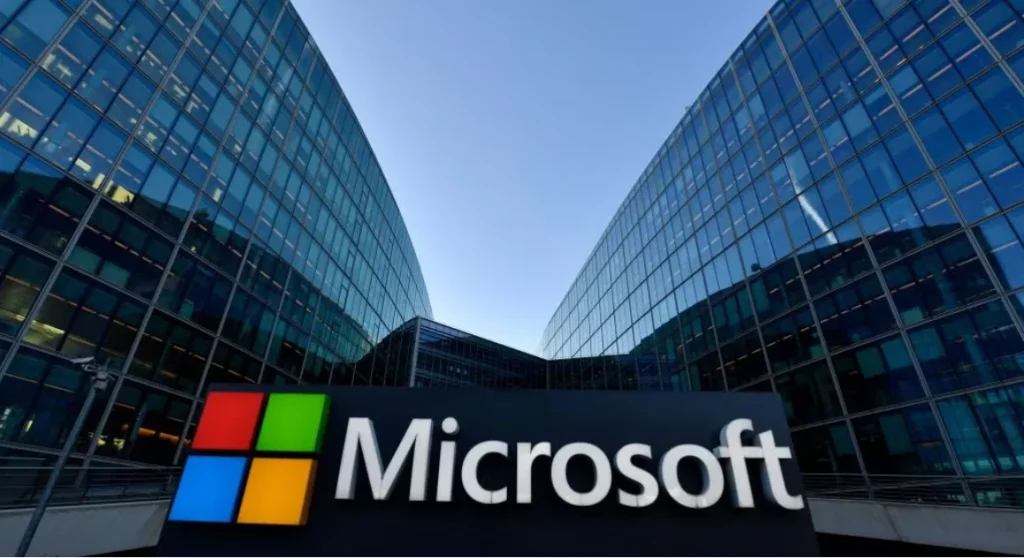Apple to Launch Touch-Screen MacBook Pro by 2027, Ending a Decade-Long Resistance
In a historic shift, Apple Inc. is preparing to launch its first-ever touch-screen Mac computer, reversing a position that dates back to co-founder Steve Jobs. According to reports, the new MacBook Pro models — code-named K114 and K116 — are scheduled for release in late 2026 or early 2027.
This upcoming lineup will feature touch-enabled OLED displays, thinner frames, and the powerful M6 chip, signalling Apple’s long-awaited entry into the touch-screen laptop segment.
A Major Break from Apple’s Tradition
For years, Apple has resisted adding touch screens to its Mac lineup, with Jobs famously declaring in 2010 that “touch surfaces don’t want to be vertical,” citing ergonomic concerns. His successor, Tim Cook, once compared merging a laptop and a tablet to combining “a toaster and a fridge.”
However, after more than a decade of market demand and evolving technology, Apple is now ready to follow the broader PC industry, which adopted touch-screen laptops long ago through brands like Dell, Lenovo, and Microsoft.
What to Expect from the Touch-Screen MacBook Pro
The next-generation MacBook Pro will debut with several significant upgrades:
- OLED Display: This marks the first time Apple will use OLED panels in Macs, offering richer colours, deeper blacks, and improved power efficiency.
- New Design: The touch-screen MacBook Pro will be thinner and lighter, featuring a hole-punch camera design similar to the Dynamic Island on iPhones — finally retiring the controversial “notch.”
- Stronger Hinge System: Apple is reinforcing the hinge and display structure to prevent wobbling when the screen is touched — a common flaw in other touch laptops.
- M6 Chipset: The new models will run on Apple’s M6 silicon, expected to deliver substantial performance and energy efficiency improvements.
- Full Keyboard and Trackpad: Despite the new touch interface, the MacBook Pro will retain its traditional keyboard and trackpad, ensuring users don’t have to rely solely on the touch screen.
Pricing and Availability
The 14-inch and 16-inch MacBook Pro models with touch screens will likely be a few hundred dollars more expensive than the current lineup. Today’s high-end MacBook Pros start at $1,999 (14-inch) and $2,499 (16-inch), suggesting the touch models could cross the $2,200–$2,700 range.
Apple’s current MacBook Pro design dates back to 2021. The company recently refreshed the base 14-inch version with an M5 chip, while M5 Pro and M5 Max versions are planned for early 2026, retaining the existing non-touch design until the M6 generation arrives.
From Touch Bar to Full Touch Screen
Apple’s earlier attempt at integrating touch functionality into the Mac, the Touch Bar introduced in 2016, failed to gain traction. The narrow OLED strip above the keyboard was eventually discontinued due to limited adoption.
This new touch-screen MacBook Pro represents a complete rethink of that experiment, offering true multi-touch interaction rather than a small secondary display.
A Strategic Move Amid Changing Market Trends
Apple’s hesitation to launch a touch Mac was partly due to fears it might cannibalise iPad sales. But with iPad growth slowing and touch screens becoming standard in the PC market, the shift now makes strategic sense.
Interestingly, the popularity of the iPad Magic Keyboard, introduced in 2020, proved that users appreciate a hybrid experience, combining touch, keyboard, and trackpad input.
This insight has paved the way for Apple to confidently blend the best of iPad interactivity with MacBook productivity.
What’s Next for Apple’s Mac Lineup
Beyond the touch-screen MacBook Pro, Apple is also working on:
- M5-powered MacBook Airs (J813 and J815) due in spring 2026.
- Refreshed Mac Studio and Mac mini models.
- Two new external displays, code-named J427 and J527.
- A potential switch from Touch ID to Face ID for future Macs, though this upgrade is still several years away.
Final Thoughts
Apple’s upcoming touch-screen MacBook Pro represents one of its most significant design and usability shifts in over a decade. By combining the power of macOS with a touch-friendly interface, Apple aims to bridge the gap between iPads and Macs — while giving loyal users a fresh reason to upgrade.
As the company prepares for a 2026–2027 release window, it’s clear that the Mac’s next era will finally embrace the touch revolution — but, in true Apple fashion, on its own terms.












